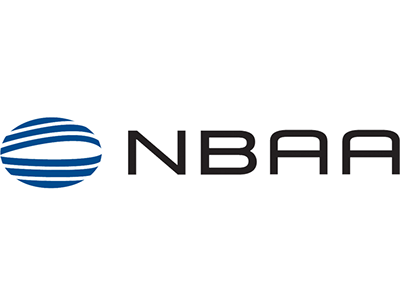The varied uses throughout business aviation for small unmanned aircraft systems (s-UAS) were explored during the “Small UAS in Business Aviation” session at NBAA’s Business Aviation Convention & Exhibition (NBAA2015), as industry leaders addressed questions from companies exploring their own uses for UAS.

Panel moderator Brad Hayden, president and CEO of UAS service provider Robotic Skies, began the discussion by noting the significant number of s-UAS operations already taking place.
“The integration of s-UAS is already happening, and as a result, aviation is about to experience a transformation and expansion of capabilities that we have not seen in our industry, literally, in decades,” Hayden said. “The Section 333 exemption process to allow small UAS commercial operations had just been implemented when we met last year in Orlando. Just a year later, over 2,000 companies have been granted exemptions to fly small UAS under line-of-sight restrictions.”
Missions already performed by s-UAS include commercial photography, power grid and pipeline inspection and mining safety inspections.
Paul McDuffe, vice-president of commercial business development for UAS manufacturer Insitu, noted that over the past year his company has flown ice monitoring operations for oil and gas companies, and surveyed more than 130 square miles of railroad track in central New Mexico for BNSF under the FAA’s UAS Pathfinder program.
“I haven’t found a business [sector] yet that doesn’t stand to benefit from UAS,” said Bryan Wynne, president and CEO of the Association for Unmanned Vehicle Systems International (AUVSI), who noted that UAS will represent an $80 billion industry over 10 years once regulations are in place to guide operations.
Chris Broyhill, transportation director for municipal utilities provider Exelon Business Services, spoke from experience when answering audience questions about the integration of UAS operations into an existing business aviation flight department.
“When people in the company have a question about operating in the airspace, they should come to us for answers,” he said of his flight department. “Anything long-distance – or that requires flying in the airspace – should be a flight department function; that said, once commercial UAS are allowed to be legally operated by non-pilots, some line-of-sight operations could probably be performed from outside the flight department.”
The potential for s-UAS operations performed by non-pilot employees may also help sate concerns from those workers about having their current roles supplanted by UAS.
“Many [Section 333] exemptions have been granted to Fortune 100 and 500 companies,” added John Downey, founder and CEO of UAS platform developer Airware. “There is tremendous opportunity for UAS, as a core IT function of the company, to serve in a complementary role to existing divisions.”

